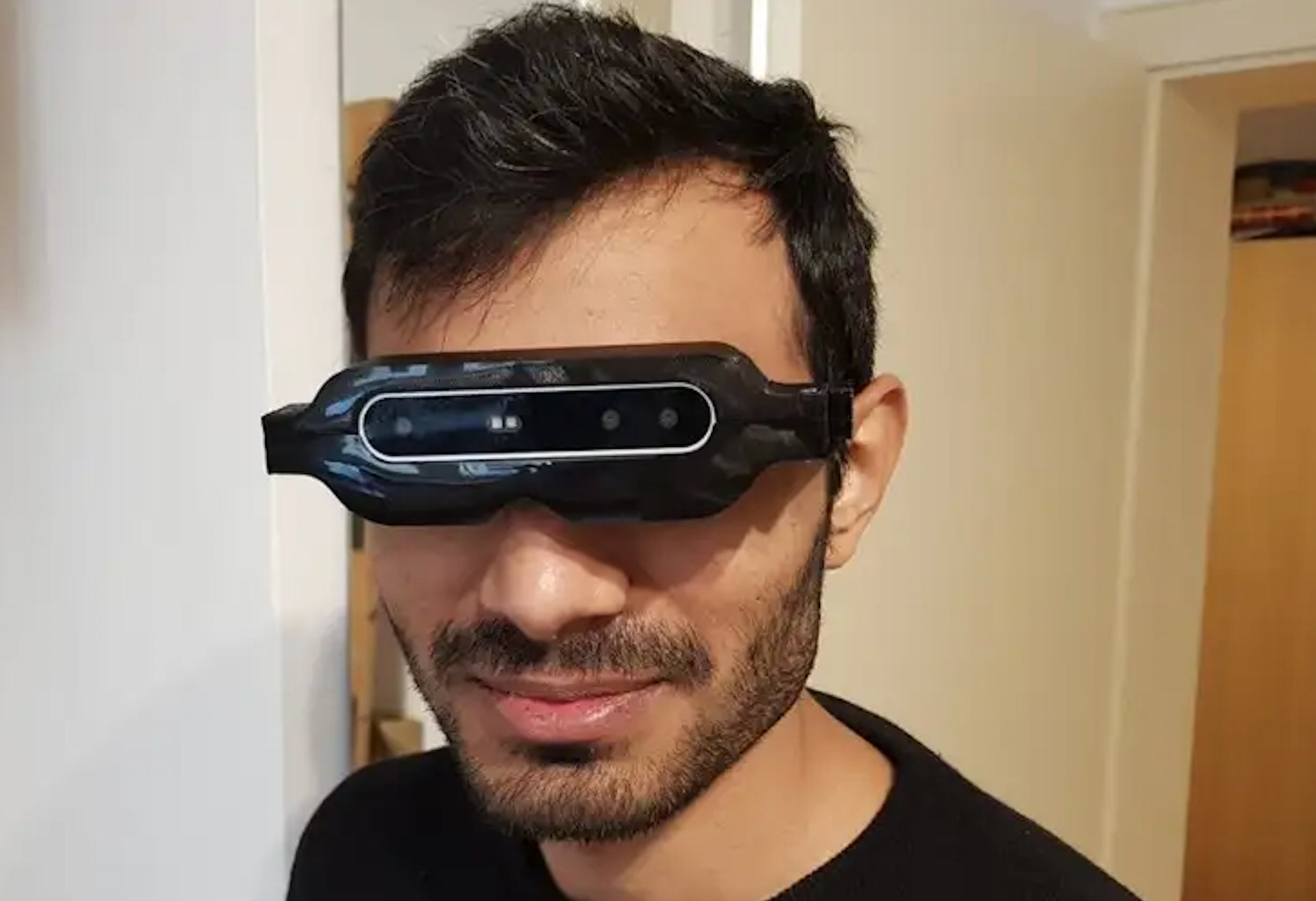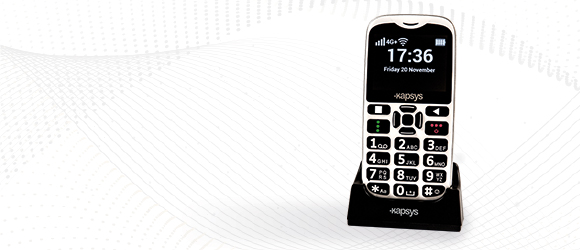OCR Devices for the Blind: Changing Print to Speech in Real-Time
OCR Devices for the Blind: Changing Print to Speech in Real-Time
Blog Article
Discover Ingenious Tools Made for the Aesthetically Damaged
The advancement of cutting-edge tools for the aesthetically impaired stands for a substantial improvement in accessibility and freedom. Technologies such as wise glasses with AI capabilities and mobile applications created to offer acoustic descriptions are improving everyday experiences for individuals.
Smart Glasses for Navigation

Smart glasses developed for navigating are reinventing the method visually impaired individuals communicate with their environment. These sophisticated gadgets utilize a mix of electronic camera technology, man-made knowledge, and acoustic comments to give real-time info concerning environments. By using obstacle discovery systems, smart glasses can signal individuals to potential threats, allowing much safer movement in both acquainted and unfamiliar settings.
The combination of GPS modern technology additionally enhances navigation abilities, permitting customers to obtain acoustic directions as they move. This hands-free technique not only cultivates independence however likewise encourages aesthetically impaired people to navigate city landscapes with increased self-confidence. Additionally, numerous smart glasses are geared up with features that recognize sites and street signs, supplying contextual information that enhances the customer experience.
Furthermore, the growth of these devices is continually advancing, with firms working to improve the precision of object acknowledgment and increase the range of navigational features. As smart glasses become extra accessible and affordable, they hold the prospective to significantly change every day life for visually damaged customers. Ultimately, these ingenious tools stand for a vital action toward inclusivity, offering enhanced wheelchair and a higher feeling of autonomy for individuals navigating the world around them.

Mobile Application for Daily Living
Exactly how can mobile applications improve the day-to-days live of aesthetically damaged people? Mobile apps are changing the way visually damaged users navigate their settings, take care of daily jobs, and access info. These applications provide crucial support with numerous performances, promoting freedom and boosting quality of life.
A number of ingenious mobile applications are created especially for daily living. Apps like Be My Eyes link visually impaired users with sighted volunteers through video clip calls, enabling them to receive real-time help with jobs such as checking out labels or browsing strange rooms. Similarly, Seeing AI, established by Microsoft, uses artificial knowledge to explain environments, read text, and identify items, effectively transforming a mobile phone into an effective device for daily assistance.
Additionally, navigation applications customized for the visually damaged, such as Aira and BlindSquare, offer audio-based instructions and environmental details, enabling customers to traverse their environments safely and confidently. Beyond navigation and immediate support, mobile apps likewise sustain company and task management, with functions that aid customers establish reminders, create order of business, and track consultations. In recap, mobile applications work as important resources, encouraging aesthetically damaged people to lead even more independent and meeting lives.
Wearable Technologies for Support
Empowerment via innovation is progressively apparent in the realm of wearable gadgets created to help aesthetically damaged individuals. These innovative devices integrate flawlessly into everyday life, boosting navigating and providing crucial responses to individuals. Wise glasses geared up with electronic cameras can recognize faces and check out message aloud, enabling customers to connect more confidently in specialist and social setups.
An additional remarkable improvement is making use of haptic comments systems in wearable tools. These systems use resonances or other responsive signals to share information about the user's setting, such as challenges or changes in terrain, improving mobility and safety and security. Wearable innovations additionally include wristbands that connect to smart devices, signaling customers to alerts via refined resonances, hence enhancing connectivity without reliance on visual hints.
As these innovations remain to evolve, they are not only enhancing self-reliance for aesthetically damaged people yet also cultivating a higher feeling of inclusion in society. By linking the gap between challenges dealt with in day-to-day living and the possibility for freedom, wearable innovations act as critical tools in the quest for equality and empowerment for those with aesthetic problems.
Audio Description Tools
Audio summary tools play a crucial role in boosting access for visually damaged individuals, providing them with the capability to involve with visual media. Mobility aids for visually impaired users. These tools provide narrated descriptions of vital visual aspects in movies, tv shows, and live efficiencies, making sure that individuals can completely comprehend the context and emotions communicated with visuals
Audio summary can be integrated right into various systems, including streaming solutions, movie theater screenings, and live cinema. Numerous preferred streaming services currently consist of audio description as an ease of access attribute, allowing customers to select it quickly. Along with mainstream media, specialized applications additionally exist, offering audio summaries for art exhibitions, museums, and various other social events.
The efficiency of audio summary hinges on the skill of the storytellers, that must communicate aesthetic information succinctly without diminishing the original sound. Technologies in this field are likewise leading the way for more customized experiences, where individuals can readjust the degree of detail and pacing according to their preferences.
Braille Innovations and Tools
Braille developments and tools have actually substantially transformed the method visually damaged individuals engage with text and details. Modern improvements have actually brought about the growth of functional devices that boost proficiency and freedom among customers. Significantly, Braille display modern family vision care technologies have advanced, allowing for vibrant reading experiences. These gadgets transform electronic message into Braille, allowing users to access a huge array of info on smart devices, computers, and tablets.
Furthermore, portable Braille notetakers integrate typical Braille input with modern-day functionalities, assisting in note-taking, organizing, and record editing and enhancing on the move. Screen readers for the blind. These small gadgets commonly include text-to-speech abilities, connecting the space between Braille and auditory info
In addition, ingenious Braille printers have emerged, permitting customers to generate Braille tags, papers, and academic materials efficiently. This accessibility glasses deals cultivates better involvement in professional and instructional settings, inevitably promoting inclusivity.
Additionally, research study into smart Braille technologies remains to increase. Gadgets that incorporate artificial knowledge are being discovered to give real-time navigating help and contextual info, enhancing the user experience in diverse setups. Generally, these innovations reflect a dedication to encouraging visually impaired people through modern technology, guaranteeing they can easily accessibility and involve with the globe around them.

Conclusion
The development of ingenious tools for the visually impaired dramatically boosts freedom and quality of life. These modern technologies not just foster better incorporation yet likewise advertise autonomy in daily tasks, ultimately adding to a more obtainable and equitable society for aesthetically impaired individuals.
As wise glasses end up being much more budget friendly and available, they hold the possible to considerably change day-to-day life for aesthetically impaired individuals. Mobile applications are revolutionizing the method aesthetically damaged users navigate their atmospheres, take care of daily tasks, and gain access to details. Applications like Be My Eyes connect visually impaired individuals with sighted volunteers using video calls, enabling them to get real-time aid with jobs such as reading labels or navigating strange rooms.In addition, you can try this out navigation applications tailored for the aesthetically damaged, such as Aira and BlindSquare, supply audio-based directions and ecological information, allowing users to traverse their environments securely and confidently.The improvement of cutting-edge devices for the aesthetically impaired substantially boosts freedom and top quality of life.
Report this page